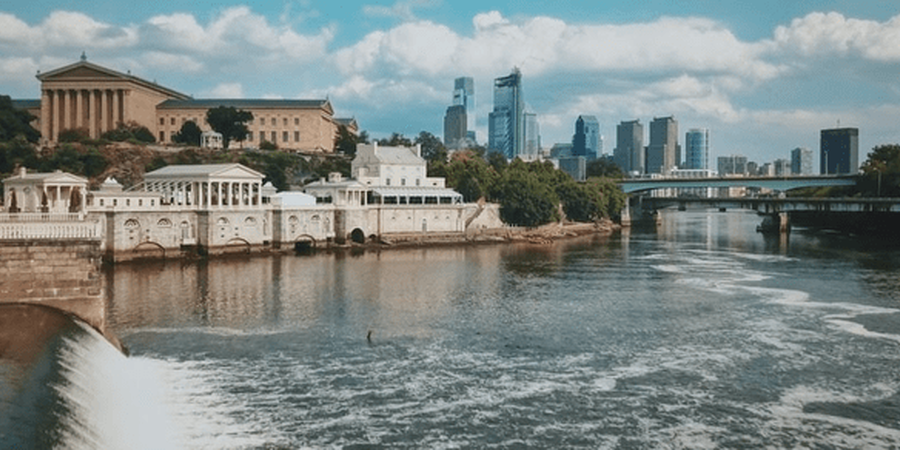Philadelphia, PA - If you are moving to Philadelphia, you must choose a neighborhood that suits your lifestyle and budget. You can choose from South Philly, Chestnut Hill, Fairmount, and Art Museum Area. Each has its strengths and weaknesses, and you should consider all factors when deciding.
Discovering Philadelphia's Diverse Neighborhoods: A Guide for Prospective Residents
Philadelphia is a city of distinct personalities, where each neighborhood tells its own unique story. For those considering a move to this historic metropolis, understanding these diverse enclaves is key to finding the perfect fit. From vibrant cultural hubs to quiet, leafy streets, here's a glimpse into some of Philadelphia's most popular and intriguing neighborhoods.
South Philly: A Tapestry of History and Flavor If you're drawn to a neighborhood with a palpable sense of history, strong community ties, and an abundance of character, South Philly might be calling your name. Known for its iconic cheesesteaks, bustling Italian Market, and a vibrant array of bars, restaurants, and shops, South Philly boasts a distinct cultural identity forged by waves of immigrants. From Irish and Italian Catholic communities, whose churches and traditions are deeply embedded in the fabric of the area, to African Americans who arrived during the Great Migration, South Philly's rich industrial past has created a diverse and resilient community. It’s a place where tradition meets everyday life, often with colorful stories around every corner.
Art Museum Area: A Cultural Oasis For those who thrive amidst culture and scenic beauty, the Art Museum Area is an unparalleled choice. This region is a cultural hotspot, home to world-renowned institutions like the Philadelphia Museum of Art (and its famous "Rocky Steps"), the Rodin Museum, and the Barnes Foundation. Beyond the masterpieces, residents enjoy proximity to the Philadelphia Zoo (America's first zoo) and the picturesque Boathouse Row, which offers spectacular views, especially when lit at night. The area's charming cafes draw a lively young crowd, making it a sophisticated yet vibrant place to call home.
Chestnut Hill: Philadelphia's Garden District Nestled in northwest Philadelphia, Chestnut Hill is affectionately known as the city's "garden district." This charming neighborhood offers a serene escape with its tree-lined streets, historic architecture, and lush green spaces. Highlights include the Morris Arboretum, a stunning botanical garden with a canopy walkway, and the vibrant atmosphere around its many antique shops, cozy tearooms, art galleries, and farmers' markets. Chestnut Hill provides an excellent balance of tranquil living with vibrant local amenities. It's approximately 12 miles from Philadelphia Center City, easily accessible via several public transportation options, including SEPTA's Chestnut Hill East and West regional rail lines.
Fairmount: Historic Charm Meets Urban Greenery If you're seeking a secluded yet conveniently located and historically rich neighborhood, Fairmount is an excellent choice. This area offers a unique blend of urban living with direct access to some of Philadelphia's most treasured institutions. Within its vicinity, you'll find the Philadelphia Art Museum, the Barnes Foundation, the Rodin Museum, and the Franklin Institute. Families will appreciate the close proximity to the Philadelphia Zoo and the interactive Please Touch Museum, which hosts weekly kids' events. Fairmount also boasts the distinction of being home to a significant portion of Fairmount Park, the city's largest park, perfect for outdoor activities and connected to the scenic Schuylkill River Trail.
North Central Philadelphia: A Region of Rich Heritage North Central Philadelphia is a broad term encompassing a vast area north of Center City and east of the Schuylkill River. This region is a tapestry of diverse subdivisions, each with its own history and character. Historically an industrial and residential hub, North Central is marked by a blend of historic architecture, community spaces, and areas undergoing revitalization. It's a part of Philadelphia that reflects the city's complex social and economic evolution, offering a dynamic environment for residents.
Point Breeze: A Resilient & Evolving Community The historic neighborhood of Point Breeze in South Philadelphia has long been a working-class community, shaped by successive waves of immigration. Initially settled by Eastern European Jews who established businesses along Point Breeze Avenue, it later became home to Italian and Irish immigrants, then African Americans seeking opportunities and refuge from Jim Crow laws in the South. Today, Point Breeze remains a predominantly African-American neighborhood with a rich cultural heritage. While experiencing some gentrification, with real estate investors drawn to its proximity to Center City, the neighborhood maintains its diverse population and community spirit. New restaurants, shops, and bars are emerging, contributing to a revitalization that is viewed with mixed feelings but ultimately adds to the area's evolving vibrancy.


